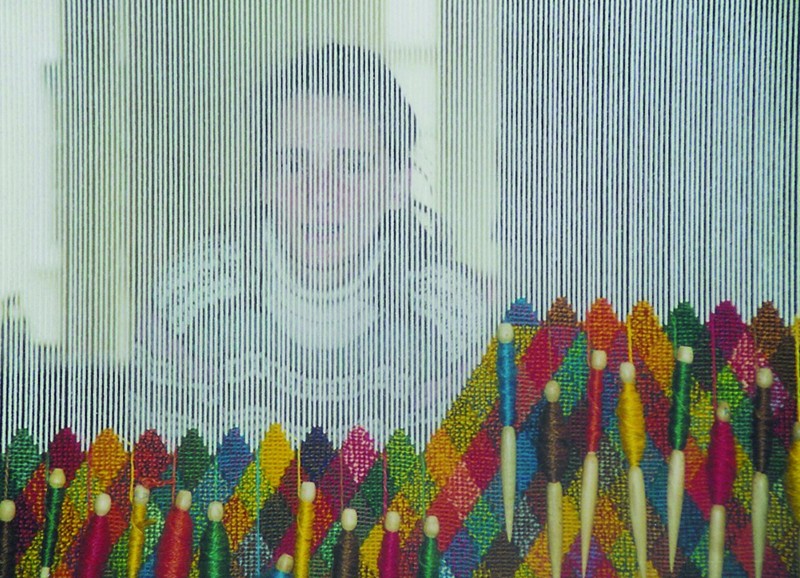
Previous artist Next artist
In our modern world, to embrace tapestry weaving, an archaic art form may perhaps cause surprise. Today, when as consumers we receive everything ready-made, what is it that attracts us to a form of expression where only our two hands, a few threads, and an enormous amount of time are needed? The threads, laid on top of each other by way of left-to-right and right-to-left movements continuing for hours at a time, help me concentrate, take away the tension in me, and restore my inner equilibrium. While my hands form and shape, I draw energy from the vibration of the organic materials that make up the weave. Slowing down the rushing rhythm of life and changing to an old, human tempo, I see a new world before me. The ‘metabolism’ developing among living threads, creative hands, and human-scale time acquires form in this joint adventure, in the work itself. The repetitive, continuous rhythm of the weaving recalls the ceremony of writing, but I myself find in it the rhythm and geometry of dance and music, too. For many years now, I have lived in the world of geometrical forms, as a performer in pantomimes and as a dancer, using my body as a means of expression. If we look at any kind of dance movement, we can see that the body (legs, arms, head, etc.) moves in geometrical lines: in circles, in arcs, and in triangles. Visibly confined among limits, the geometrical play of weaving, too, is dance-like and rhythmic, recalling the universal geometry of geometrical diagrams and of movements. Geometry and order are never mechanical, since they exist in the spirit of freedom. According to the yogis, freedom is precision. (...)
The entire process of tapestry creation – from the initial idea through the selection of the colours and the choosing of the materials to the weaving of the tapestry itself – must be concentrated in the hands of a single artist. It is essential that the technique should be freely chosen and that the tradition should not be compulsory. Free rein should be given to novel techniques and unusual materials, to the works in relief that are appearing with the development of new warp threads, and to the three-dimensional works following in the wake of new weaving techniques... If we can manage to free tapestry from the restrictions associated with the traditional technique, its modernity and complexity will become clear. It has an equal, independent place in today’s modern art. The exceptional possibilities of tapestry are to be found in its variety: we can mix the colours and the materials, the tiny and the large; and we can play with rhythm, proportions, and the plasticity of materials. The weaving technique enables us to experiment with painting and sculpture at one and the same time. (...)
